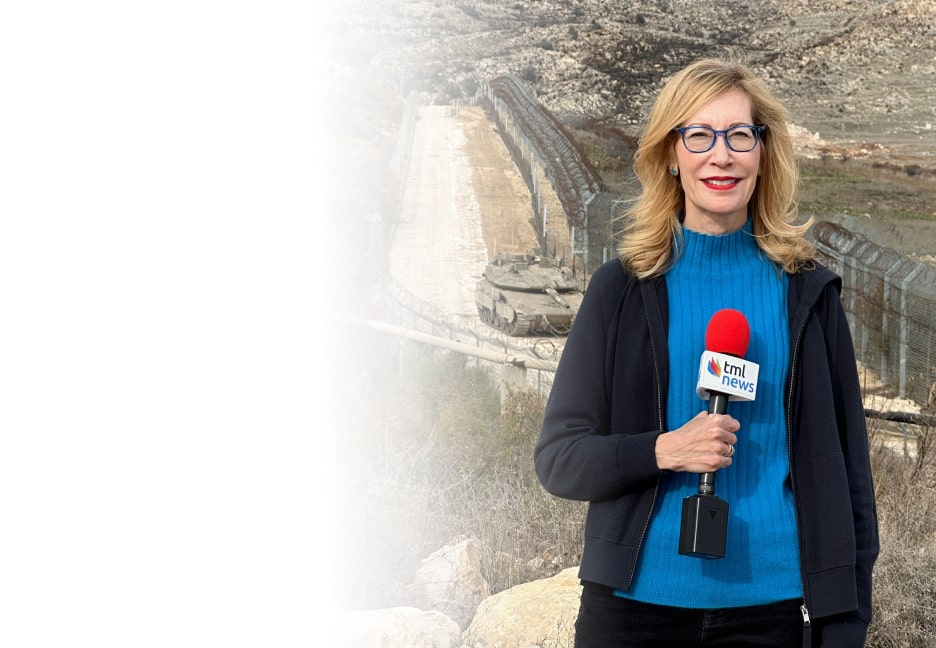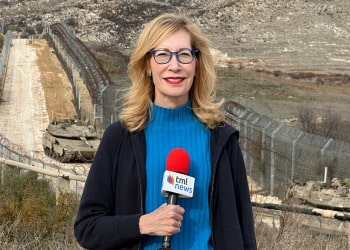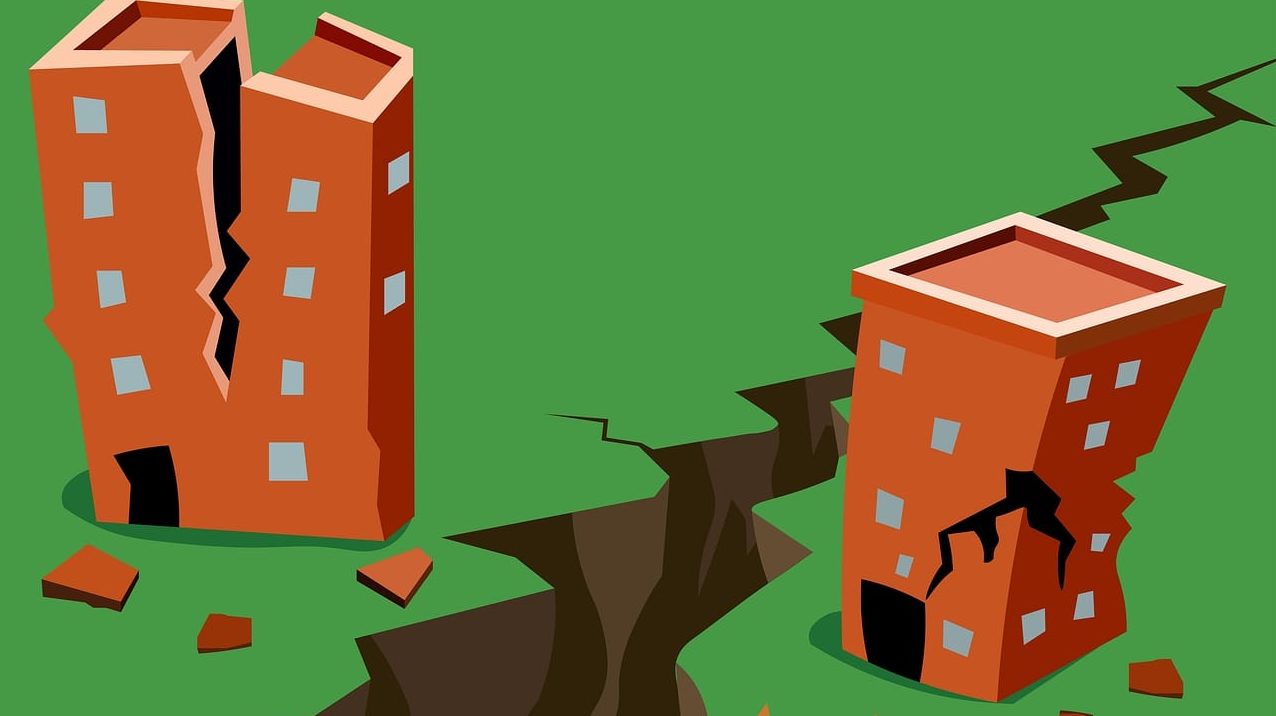Mega-quake on the Horizon for Israel, but Schools, Hospitals and Periphery Not Prepared
An earthquake measuring 5.8 magnitude originating in the eastern Mediterranean Sea was felt throughout Israel on Tuesday
An earthquake centered hundreds of miles away was felt throughout Israel on Tuesday morning. It also was registered in Turkey, Egypt, Cyprus and Greece. The quake’s center, located to the east of the Greek island of Crete, was measured at a magnitude 5.8 by the Geological Survey of Israel.
Tuesday’s quake ended with no injuries or damage reported in Israel, but the country has, for years, been expecting a destructive quake statistically slated to arrive in the coming years.
Israel’s eastern border with Jordan is located in the Jordan Valley, also known as the Jordan Rift Valley, part of the Great Rift Valley and a source of earthquakes in the region for millennia.
In Israel, specifically, a destructive earthquake has hit every century on average. The last was in 1927 and left some 300 people dead, while the previous temblor occurred in 1837, causing an estimated 5,000 fatalities.
The nearing centennial has led Israeli experts to ring the alarm bell repeatedly in recent years, but Dr. Ron Avni, a geologist and earthquake expert at the Ben-Gurion University of the Negev warns that the country isn’t prepared.
The Israeli government “isn’t doing enough,” Avni told The Media Line, “but it’s doing much more than was done” in the past.
This holiday season, give to:
Truth and understanding
The Media Line's intrepid correspondents are in Israel, Gaza, Lebanon, Syria and Pakistan providing first-person reporting.
They all said they cover it.
We see it.
We report with just one agenda: the truth.


The destructiveness of an earthquake depends on the proximity of its epicenter to large concentrations of population. Avni says that if a temblor were to originate in the northern part of the Dead Sea, the quake would pose a real threat to buildings built on pillars before 1980 and the updating of building regulations in Israeli cities. Cities closer to the rift such as Beit Shean are at even greater risk. “I’m talking mainly about residential buildings … that are built on pillars, they are liable to collapse,” he said.
Avni detailed three paths of action chosen by the government two decades ago to prepare Israel for the coming big quake. Evacuation procedures, search and rescue forces, and coordination between different government bodies, and even foreign aid, have all improved significantly, he said. But efforts to strengthen buildings have been a problem.
“In 2006, a government plan to strengthen public buildings, meaning hospitals and schools, at a cost of 3.5 billion NIS was formulated,” Avni said. The necessary budget was approved in 2008, 3.5 billion shekels (about $1.1 billion) over 25 years, and started moving forward. However, in 2012-2013 “squabbling” between the Finance Ministry and the Health and Education ministries began over who would provide the budget of 140 million shekels (about $43.6 million) every year “and it got stuck, and it continues to progress very slowly,” he said.
The government’s second policy is called National Outline Plan 38 or, colloquially, Tama 38. The basic premise is that the government provides entrepreneurs with a myriad of benefits to encourage them to partner with owners of old buildings and apartments and renovate the buildings. As part of the renovation, the entrepreneurs strengthen the building and, in exchange, are able to add more stories to the buildings to earn revenue.
The issue with the policy, explains Avni, is that it is “very sensitive to the value of land” in a specific area. Because of this, it has enjoyed great success in places like Tel Aviv, where real estate prices are sky high and entrepreneurs can turn a profit in such partnerships. However, in the periphery, in cities such as Tiberias, Beit Shean and Kiryat Shmona, which happen to be closer to the rift and in greater danger, real estate prices aren’t sufficient to draw builders, leaving old buildings untouched and citizens at risk.
The government “has taken some strides to make the periphery more attractive,” says Avni, but it is not clear that it has succeeded.
Israel’s Ministry of Construction and Housing said in a statement to The Media Line that, in 2014-2015, the ministry promised grants to Tama 38 project builders “for each existing residential unit, budgeted at 90 million NIS” (or $28 million). After five years, what remained of the budget was dedicated to strengthening buildings in cities and towns close to the rift.
The statement also said that, since 2016, the ministry has invested a great deal of resources in strengthening buildings in places where there is great risk and where National Outline Plan 38 isn’t economically feasible. Sixty-seven buildings have been strengthened so far at a cost of 170 million NIS, or about $53 million.
“As to different public buildings, the Ministry of Construction and Housing develops infrastructure and builds public buildings for municipalities, and then their maintenance is the municipalities’ responsibility,” according to the statement.

